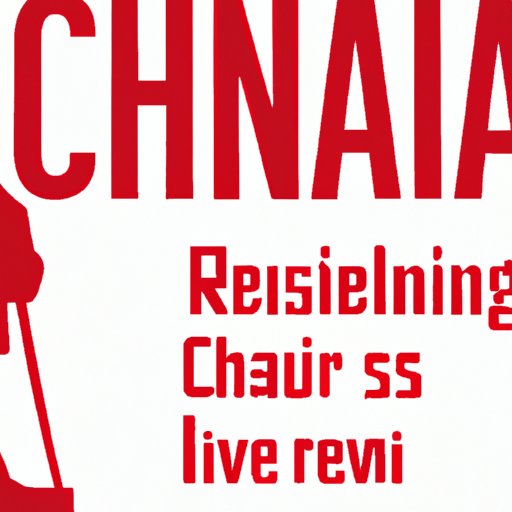Introduction
The Cultural Revolution, also known as the Great Proletarian Cultural Revolution, was a tumultuous period in modern Chinese history. Developed by Mao Zedong, the leader of the People’s Republic of China from 1949 to 1976, the revolution was an attempt to reassert his authority over the nation and continue the implementation of his Marxist ideology. The Cultural Revolution took place between 1966 and 1976, and its effects were far-reaching and devastating for Chinese citizens.
Impact on Chinese Society
The Cultural Revolution saw the establishment of Revolutionary Committees, which were responsible for implementing Mao’s policies throughout the country. In addition, the Red Guard Movement was formed, comprised of radical, student-led organizations dedicated to promoting Mao’s ideology and carrying out his orders. As a result of their actions, cultural artifacts, monuments, books, and other works of traditional Chinese culture were destroyed. These acts of vandalism had serious implications for Chinese heritage and identity.
Economic Consequences
The economic effects of the Cultural Revolution were severe. Inflation skyrocketed due to the government’s printing of money to fund the revolution. Schools were shut down as students joined the Red Guard Movement, thus disrupting education and leading to a decrease in productivity. Trade was also affected, as foreign nations were hesitant to do business with China during this period.
Political Effects
Mao Zedong’s authority was greatly increased during the Cultural Revolution. His power was further consolidated through the centralization of government control. Additionally, dissent was suppressed, as anyone who disagreed with Mao’s ideals was branded as a “capitalist roader” and persecuted.
Social Uproar and Turmoil
The Cultural Revolution led to widespread political unrest throughout the country. Mass executions of those deemed to be counter-revolutionaries occurred, and intellectuals were persecuted. In addition, millions of Chinese citizens were sent to labor camps, where they were subjected to forced labor and inhumane conditions.
Long-Term Ramifications
The Cultural Revolution had devastating long-term consequences for China. Millions of lives were lost due to violence, starvation, and disease. Cultural heritage was destroyed, as works of art, literature, and architecture were vandalized. In addition, the instability of the government caused by the revolution led to decades of economic stagnation.
Legacies of the Cultural Revolution
Despite the destruction and chaos it caused, the Cultural Revolution had some positive outcomes. Traditional Chinese culture was restored, as many of the cultural artifacts destroyed during the revolution were replaced. Governmental reforms were implemented, such as the dismantling of the revolutionary committees and the decentralization of power. In addition, the Cultural Revolution serves as an important reminder of China’s turbulent past.
Conclusion
The Cultural Revolution in China was a period of immense upheaval and turmoil that greatly impacted Chinese society, economy, and politics. Its effects were felt for years after it ended, and its legacies are still present today. It serves as a reminder of the power of revolutionary movements, and of the importance of protecting cultural heritage.
(Note: Is this article not meeting your expectations? Do you have knowledge or insights to share? Unlock new opportunities and expand your reach by joining our authors team. Click Registration to join us and share your expertise with our readers.)
